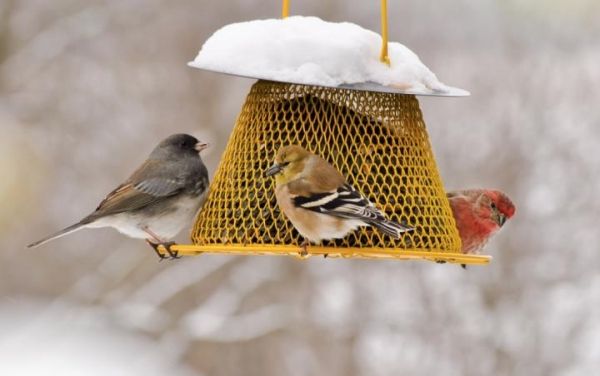People in many parts of the world feed birds in their backyards, often due to a desire to help wildlife or to connect with nature. In the United States alone, over 57 million households in the feed backyard birds, spending more than $4 billion annually on bird food.
While researchers know that bird feeding can influence nature, they do not know how it influences the people who feed those birds.
Researchers Ashley Dayer and Dana Hawley of Virginia Tech set out to change all this by studying the observations and corresponding actions of those feeding birds. The study was conducted in collaboration with researchers from the Cornell Lab of Ornithology and the Odum School of Ecology at the University of Georgia, and their findings were recently published in People and Nature, a new journal published by the British Ecological Society.
“Given that so many people are so invested in attracting birds to their backyard, we were interested in what natural changes they observe at their feeders beyond simply more birds," said Dayer, an assistant professor in the Department of Fish and Wildlife Conservation in the College of Natural Resources and Environment at Virginia Tech. "In particular, we wanted to know how they respond to their observations. For example, how do they feel if they see sick birds at their feeders, and what actions do they take to address these observations?”
Read more at Virginia Tech
Image: A dark-eyed junco, an American goldfinch, and a house finch feed on sunflower seeds on a snowy day. Bird watchers report that cold weather influences how much they feed birds, more so than time or money. Photo by Cynthia Raught. (Credit: Virginia Tech)


